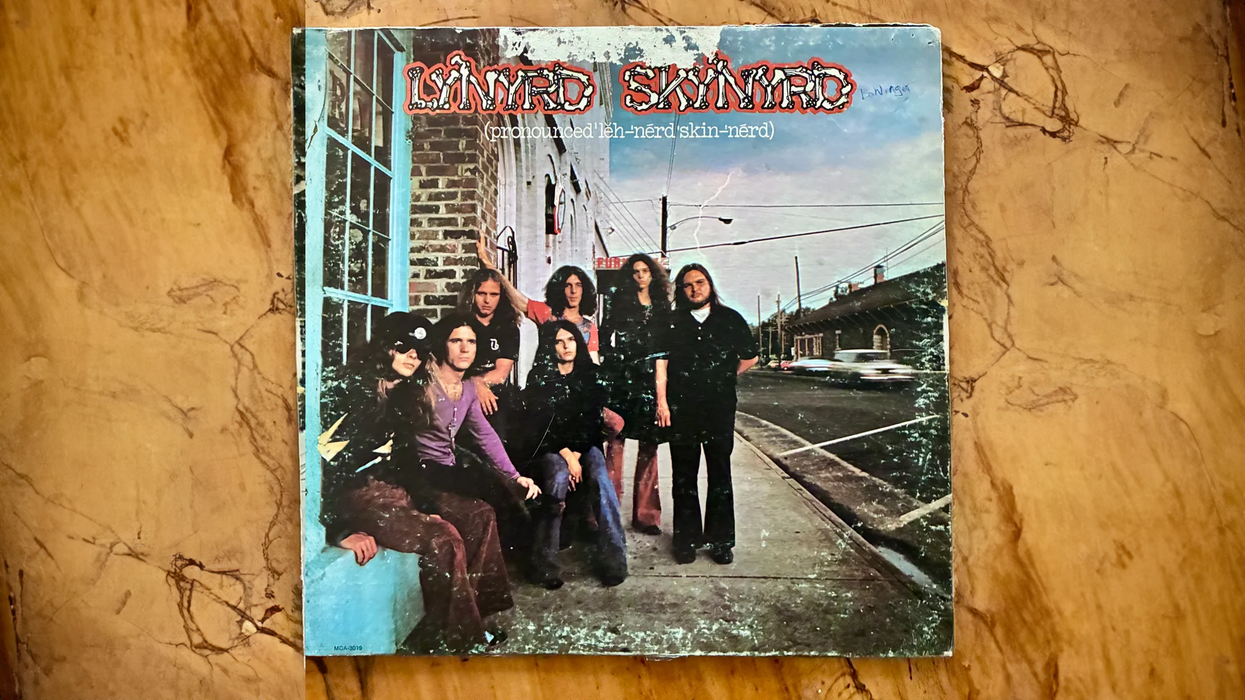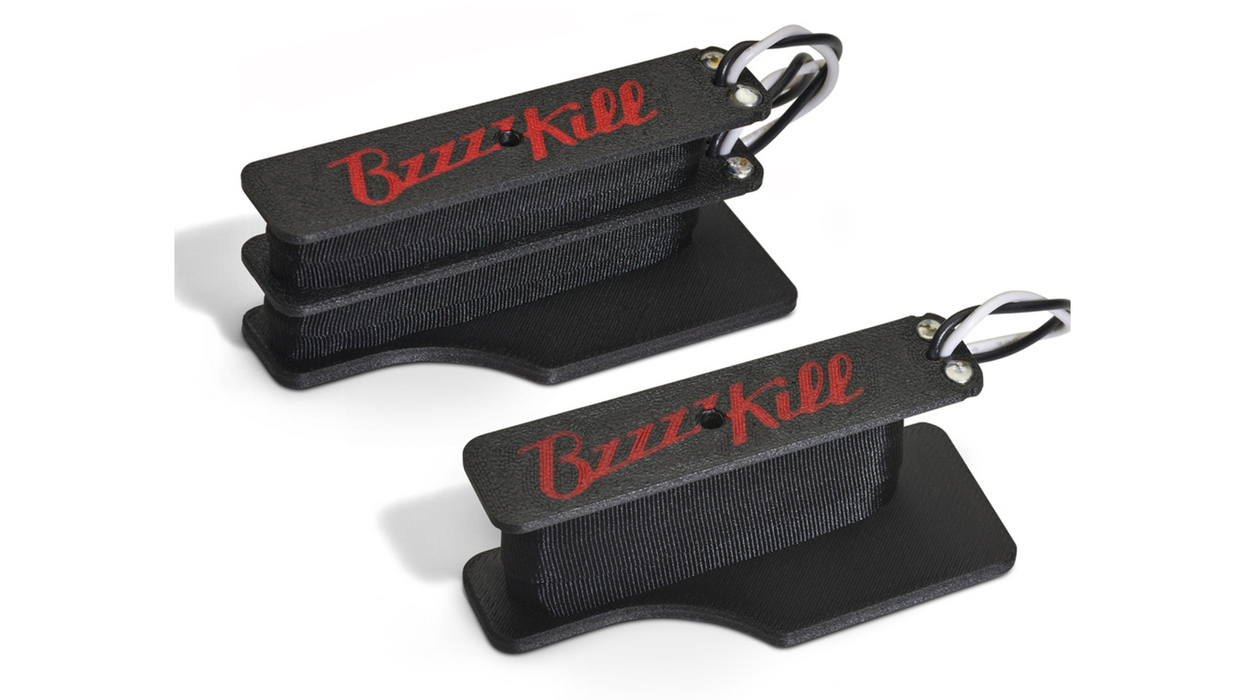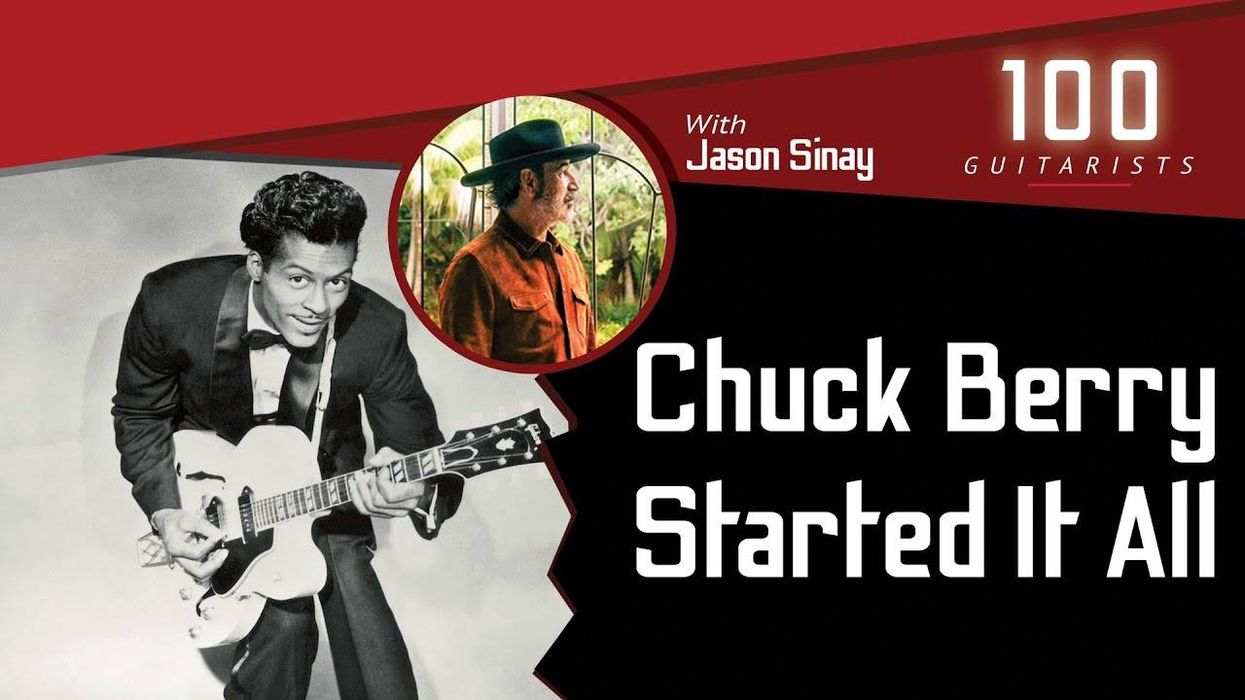Chops: Intermediate
Theory: Intermediate
Lesson Overview:
• Understand the basics of la pompe.
• Develop a Gypsy-style picking technique.
• Learn how to use tritone substitutions.
Click here to download a printable PDF of this lesson's notation.
“Honeysuckle Rose” is a great jazz standard played by improvising musicians the world over. Gypsy jazz guitarists have a particularly cool way of playing the chord changes to this song. The rhythm guitarist provides la pompe, the driving quarter-note sound that propels this swinging style. [For an introduction to Gypsy jazz, check out “Rhythm Rules: Gypsy Jazz Primer”.]
In this lesson, I’ll show you how to comp through the chord changes and then I’ll walk you through a two-chorus solo. When you listen to the accompanying audio, you’ll hear that I ghost some eighth-notes. The more you listen to this style, the more you’ll develop and refine your own interpretation of la pompe.
Click here for Ex. 1
Major Love
First up will be the rhythm part, shown in Ex. 1. The song follows a basic 32-measure AABA form, which is very common in jazz standards. The first A section demonstrates how much Gypsy jazz guitarists love the major 6 chord. Instead of playing Fmaj7 in the fifth measure, they’ll use a Django-approved F6 with a C in the bass.
Here Comes the Side Stepper
In the sixth measure, I use a technique called “side stepping” where I substitute a Db9 for a Gm7. Not only is this a tritone sub (Db is a tritone away from G), but it also approaches the next chord (C9) by a half-step. It’s a great way to build tension and add some interest to the harmony. The second A section also ends with some side-stepping antics.
Walking on Sunshine
The B section features a classic walk up from the I chord to the IV. Notice that the walk up is not diatonic, but features a diminished passing chord and a first inversion of the I chord (F/A). The pattern is repeated for the II7 chord (G7) with a walk down from the V7 chord to the last A section.
Click here for Ex. 2
I recorded the solo in Ex. 2 with the intention of trying to squeeze in as many classic Gypsy-style lines as I could. Throughout all these examples, it’s important you use the fingering shown in the tab, as well as following any picking instructions. These fingering and picking techniques are central to the Gypsy style.
May the Sixths Be with You
The first A section starts with a large Gm6 arpeggio. As I mentioned before, the Gypsy players love this sound. In the second measure, I used a few chromatic passing tones to target the E on beat 3.
Mute Those Strings!
In the seventh measure, I use a percussive technique where I play some double-stops and alternate them with muted open strings. The focus here isn’t hitting everything perfectly, but you want to be sure the harmony of those double-stops rings through.
Triplets for Breakfast
I start my next line a measure before the second A section. This triplet figure is primarily chord tones with a chromatic passing tone as the second note of each triplet. It ends with a mostly diatonic lick, which changes direction and proceeds with a triplet figure out of my own bag of riffs. You will notice that there is a lot of going up and down the guitar neck. This style of playing really forces you out of your comfort zone and demands that you’re able to play everything in every direction.
Bebop Deluxe
The B section starts with a classic Charlie Parker-style bebop line that snakes through the changes before settling into a Bb6 chord. The phrase ends with a triplet lick that combines two major triads that are a tritone apart (Bb and E).
Shout It Out
There are many recorded versions of this tune, most notably by the Quintette du Hot Club de France with Django Reinhardt and violinist Stéphane Grappelli. I transcribed a selection of a “shout” chorus and arranged it here for guitar. I play what Django played as the introduction to the song because it fits so well over the chord changes. Essentially, it’s the same riff in two different octaves.
Even More Triplets
The B section ends with a technique I nicked from the brilliant Tchavolo Schmitt. Picking here is very important and not easy to do. Basically, you want to play a down-down-up pattern over each triplet. For example, pick the first note of each triplet with a downstroke and then go straight to the 1st string for the next downstroke. It’s tricky to nail, but it’s worth the effort.
Classic Picking
The last A section incorporates a classic Gypsy picking style. This is used over many different harmonic devices. The first two measures outline a Gm arpeggio (G–Bb–D) with the melody moving up the 1st string. This pattern flows through the changes and also incorporates a few diminished triads. The picking pattern is up-down-down-down; make sure all the downstrokes are rest strokes.
Don’t get discouraged if you can’t immediately master this solo. There’s a lot of material here! Take each little piece and master it, and before you know it, you’ll have learned a lot of cool Gypsy techniques.












![Rig Rundown: Russian Circles’ Mike Sullivan [2025]](https://www.premierguitar.com/media-library/youtube.jpg?id=62303631&width=1245&height=700&quality=70&coordinates=0%2C0%2C0%2C0)













